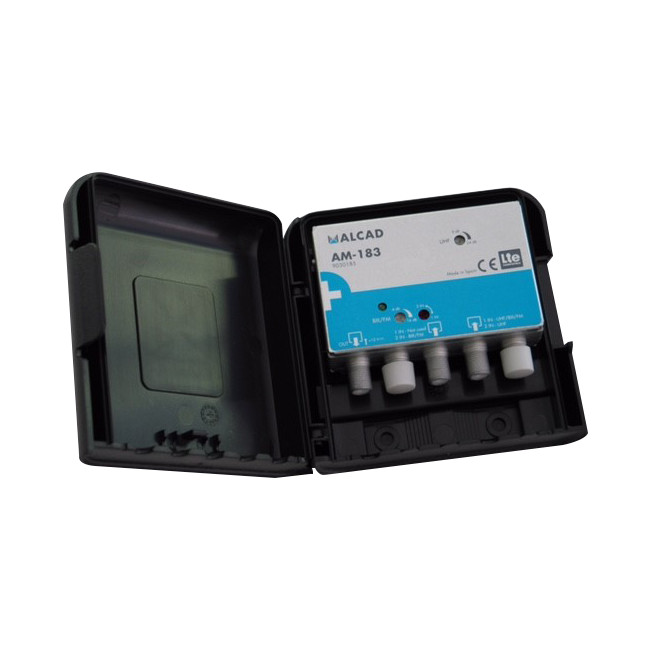Digital Antenna Booster
Antenna boosters: do you really need one?
You purchase a new LED TV. You go by the book and have everything set up professionally. But just as you tune into the Ashes series with your favourite beer in hand, you get pixellation: What? How did this happen? Digital TV, HD box, pro-installers and a much thinner wallet later, you certainly don’t deserve this.
The good news is you aren’t alone. People do everything right and still don’t get a proper digital signal. Worse, they don’t get a signal at all! Signal loss is a common phenomenon when it’s transmitted from the antenna to your TV’s tuner. Boosting or amplifying the signal can potentially fix the reception issue.
Amplification is tricky
It’s like a nozzle which is connected to a hose to speed up the water flow. In this context, the water is your digital signal; the hose is the antenna minus the amplification and the nozzle is the booster. Using electricity, the booster harnesses a signal and transmits it adding an electrical push or boost. The digital TV signal is able to travel farther with enhanced power and provides more consistency to pictures.
Just as the nozzle cannot increase the spraying power without water, the booster cannot improve the reception without a signal. So, before going to the store and spending more on an amplifier which may or may not solve your problem, it’s best to analyse whether you live in a poor reception area. Digital TV signals can fluctuate at the drop of a hat – hills, trees, the weather and even people can cause interference. It’s analogue counterpart wasn’t as fragile though.
Lastly, as you can over-water a plant, or blow out your stereo speakers by cranking up the volume to the max, you can also over-amplify a tuner.
Do you know your current signal level?
Before you can determine if an Amplifier / Booster is going to fix your TV Reception issues – you’ll first need to know what your current Antenna reading is at each point as well as at the antenna. This reading is measured in dB (decibel). The Australian standard for Television is between 45dB – 80dB. Anything under 45dB is what’s called the Digital Cliff – meaning that the TV Signal is too weak to be converted and you’ll receive either pixelation or no picture at all. Therefore if your readings are below 45dB at any TV point a masthead amplifier / booster will be required.
At the other end of the spectrum a signal level over 80dB can also cause interference, pixelation and no picture, however amplifying this will likely blow up your TV rather than fixing your issues. In this case you would need an attenuator which retards your signal to a set loss to prevent if from being too high.
Buying an Amplifier
Amplifiers or TV signal boosters are most common in antennas, but you can buy them as stand alone products too. Product packaging usually advertises amplified or powered antenna. If you see a db rating then you know it’s amplified.
As far as buying advice, just as you can over-water plants, you can over-amplify a digital tuner. It’s similar to blowing out stereo speakers by turning up the volume too much.
When buying, check for the “dB rating” of your intended amplifier / booster. It indicates the product is amplified. But don’t install one that’s too powerful for your tuner. Experts recommend 14dB amplification; though, if possible look for one which has an adjustable dB configuration.
